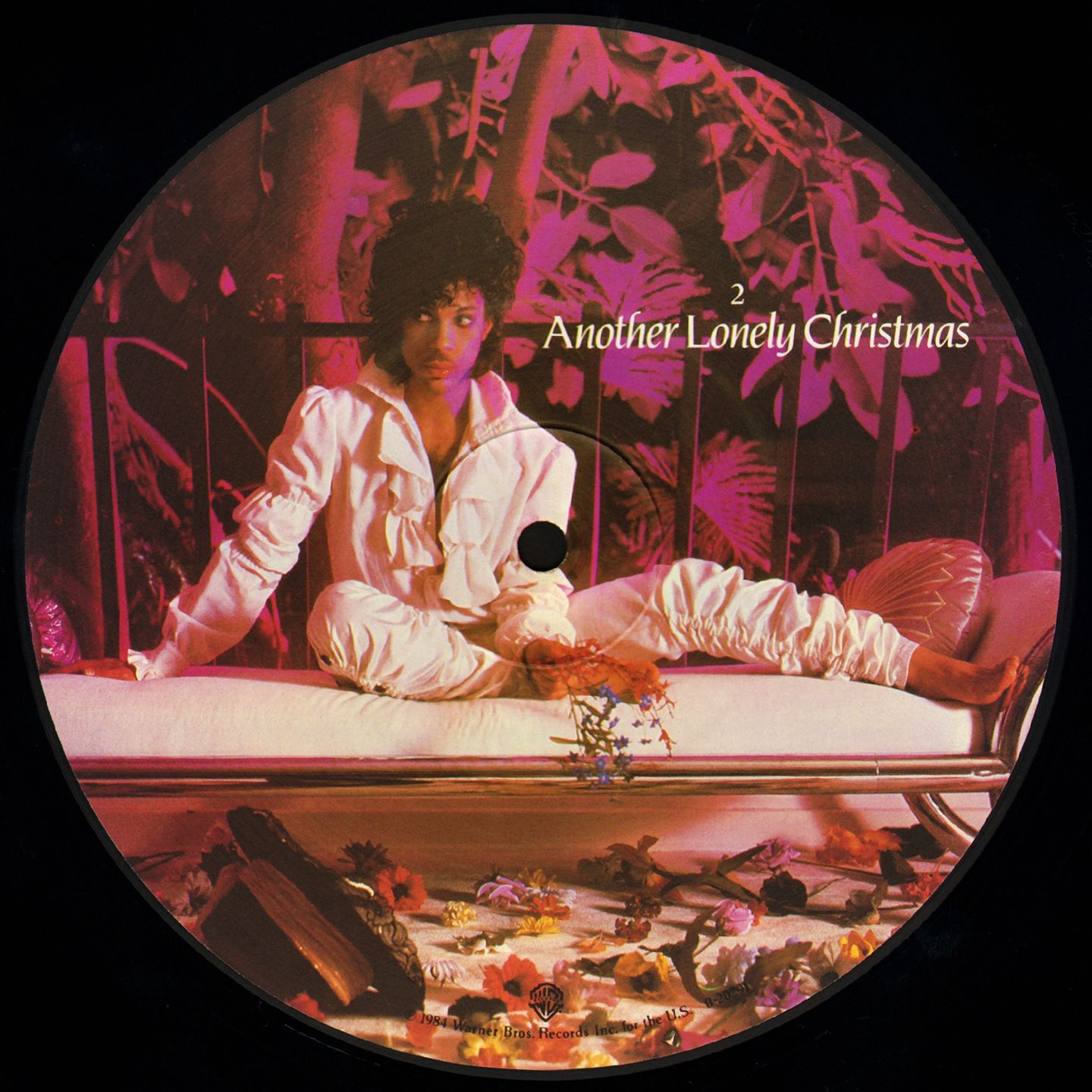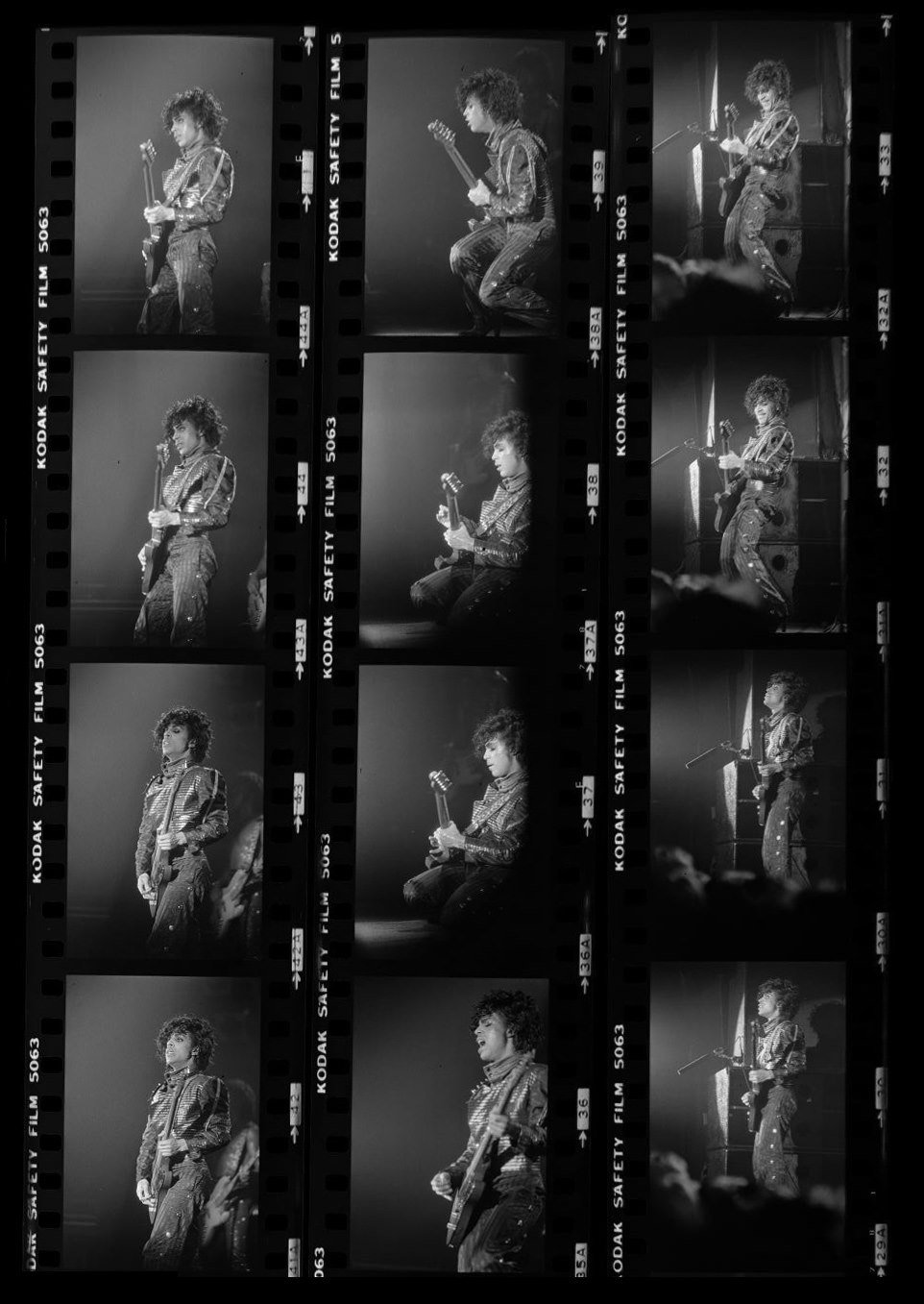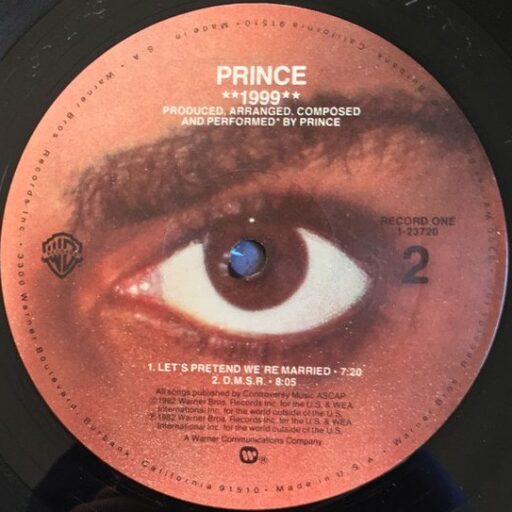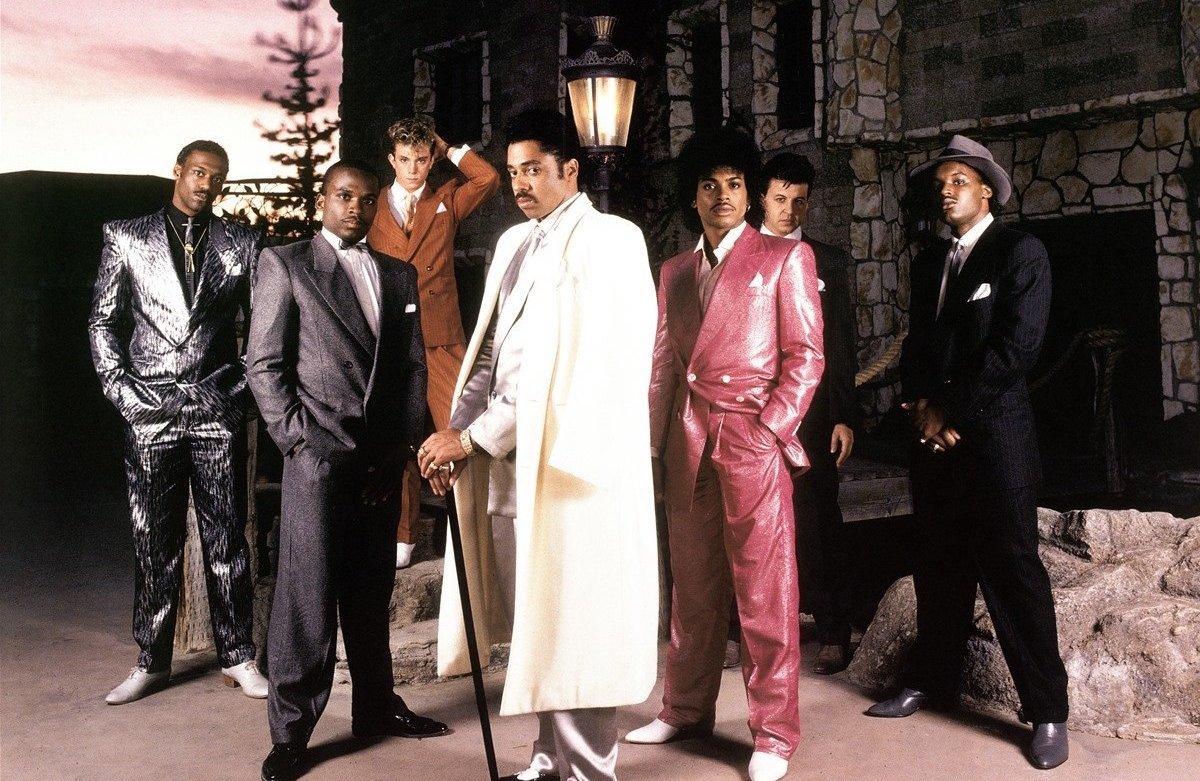Tag: joni mitchell
-

Another Lonely Christmas
It’s tempting to assume that its weird, maudlin narrative is what’s kept “Another Lonely Christmas” from becoming a seasonal radio staple.
-

Purple Rain (Verse 2)
Listening to the recording today, almost 40 years after it was captured from a mobile unit parked outside First Avenue, is an almost eerie experience.
-
Purple Rain (Verse 1)
The origins of “Purple Rain” are murkier than the rest of the album that shares its title: No one seems to recall from where, precisely, the song emerged–even as everyone seems to have played a role in its conception.
-
Podcast: 40 Years of Dirty Mind
Darling Nisi and Harold Pride return for a third episode in our series of in-depth retrospectives on Prince’s albums, this one for the 40th anniversary of 1980’s Dirty Mind.
-
Lust U Always (Divinity)
Had “Lust U Always” come out on 1999, Prince may have forced the issue of music industry self-censorship two years early.

